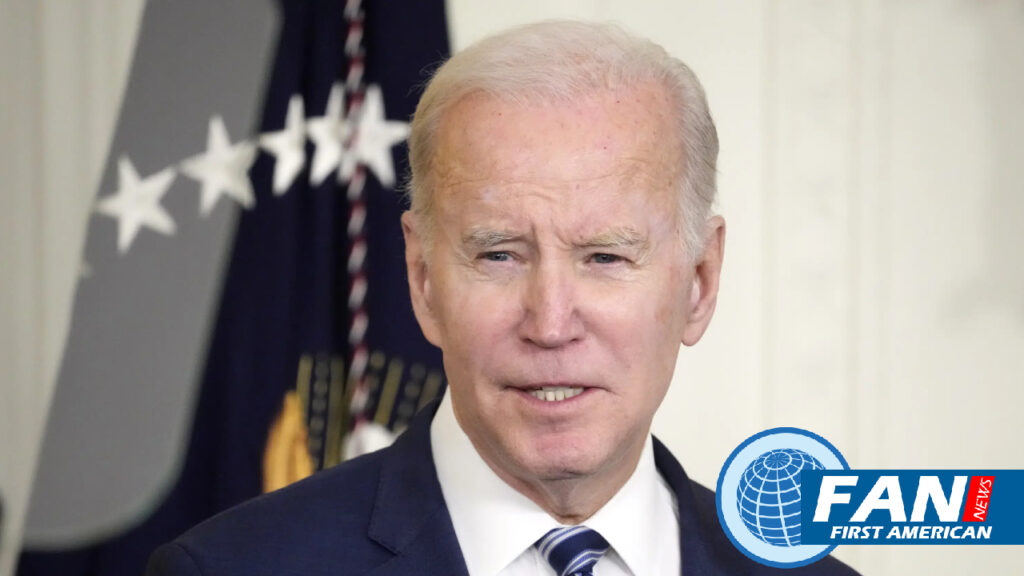Markets
WSJ Digital | Covid-19’s Third Anniversary, Biden Has Moved On
WSJ Digital has said The last briefing by the White House Covid-19 response team was almost seven months ago—a marked shift from the issue that dominated Mr. Biden’s first year in office. He hasn’t given a pandemic-focused speech since October and asserted in his State of the Union address last month that the virus “no longer controls us.” Mr. Biden will end a national emergency and public-health emergency declaration for Covid-19 on May 11.
The shift, White House officials say, reflects the nation’s progress against the pandemic with the widespread availability of vaccines and therapeutics, and the need for localities, public-health agencies, and the health industry to now take up the mantle of public messaging on the virus.
“The reason it was so prominent two years ago when the president took office was that 3,000 to 4,000 Americans were dying every day of this virus. It was incredibly disruptive to our lives,” said Dr. Ashish Jha, the White House Covid-19 coordinator to WSJ Digital.
“Covid is still around, it’s not gone. People are still getting sick and dying from it. It’s still a problem,” he added. “But that level of disruption is clearly better.”
Public-health agencies and leaders remain polarized on the best way for the administration to message Covid-19.
Get Financial Times and Barrons Combo Digital Subscription for $89
Some argue that continuing to sound the alarm—when businesses and schools are open and pandemic-era restrictions are gone, despite new variants—could trigger a backlash and lead to public apathy should the White House need to later communicate any worrisome developments such as a more deadly strain.
“The fact that the government’s not in our face all the time isn’t all bad,” said Dr. Jeremy Faust, an emergency physician at Brigham and Women’s Hospital and an instructor at Harvard Medical School. “People tend to tune out so there are times when less is more.
Also, the average person doesn’t care, which is a problem. The downside then is there is a vacuum of information, though.”
Other public-health leaders are frustrated with the diminished messaging on the pandemic.
“Two days ago, 549 people died from Covid. Two years ago, that’s the data we were talking about,” said Dr. Vin Gupta, who served as a health adviser to Mr. Biden’s postelection transition team. “It’s a false narrative to say Covid is over. “
Some administration officials say the dearth of new Covid funding has also played a role in limiting the government’s role in pandemic response.
Last year, Republicans in Congress opposed the administration’s request for $10 billion toward the research and development of next-generation vaccines and therapeutics, and questioned the need for more funding, pointing to the fact that Mr. Biden said in an interview that the pandemic was over. The White House didn’t seek an increase in Covid funding in the budget Mr. Biden rolled out this week, a notable departure from its prominence in his prior two proposals, and it is shifting the government’s purchasing role to the commercial market.
Get WSJ Barron’s Subscription 5-Years For $89
Dealing with the coronavirus outbreak is now one of the lowest priorities for Americans, Just 26% said it should be a top priority for the president and Congress, according to a poll from the Pew Research Center released last month. In a February 2022 poll, 60% said dealing with the coronavirus outbreak should be a top priority for Congress and the president.
Lingering political divides over Covid-19 have been evident in the newly divided Congress, where House Republicans are using their majority to increase oversight of the Biden administration’s pandemic response and explore the origins of the virus, shared WSJ Digital.
The overall drop in cases—despite the fact that the U.S. no longer has good accurate data on positive infections—also has more people and lawmakers feeling waning urgency over the situation. New hospital admissions for Covid-19 are down about 85% from the peak seven-day average of Jan. 9 through Jan. 15 in 2022, based on data from the Centers for Disease Control and Prevention.
But those numbers might not continue their downward trend. Deaths dropped in August 2021 to less than 2,000 a week on average before soaring again to more than 17,000 a week in February 2022. Just 16.3% of Americans have received an updated booster dose—a rate many public health experts have said risks exposing the public to another wave as new variants develop.
“Right now there’s a ‘Mission Accomplished’ feeling but it’s not entirely accomplished,” Dr. Gupta said.

